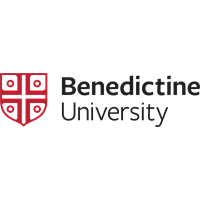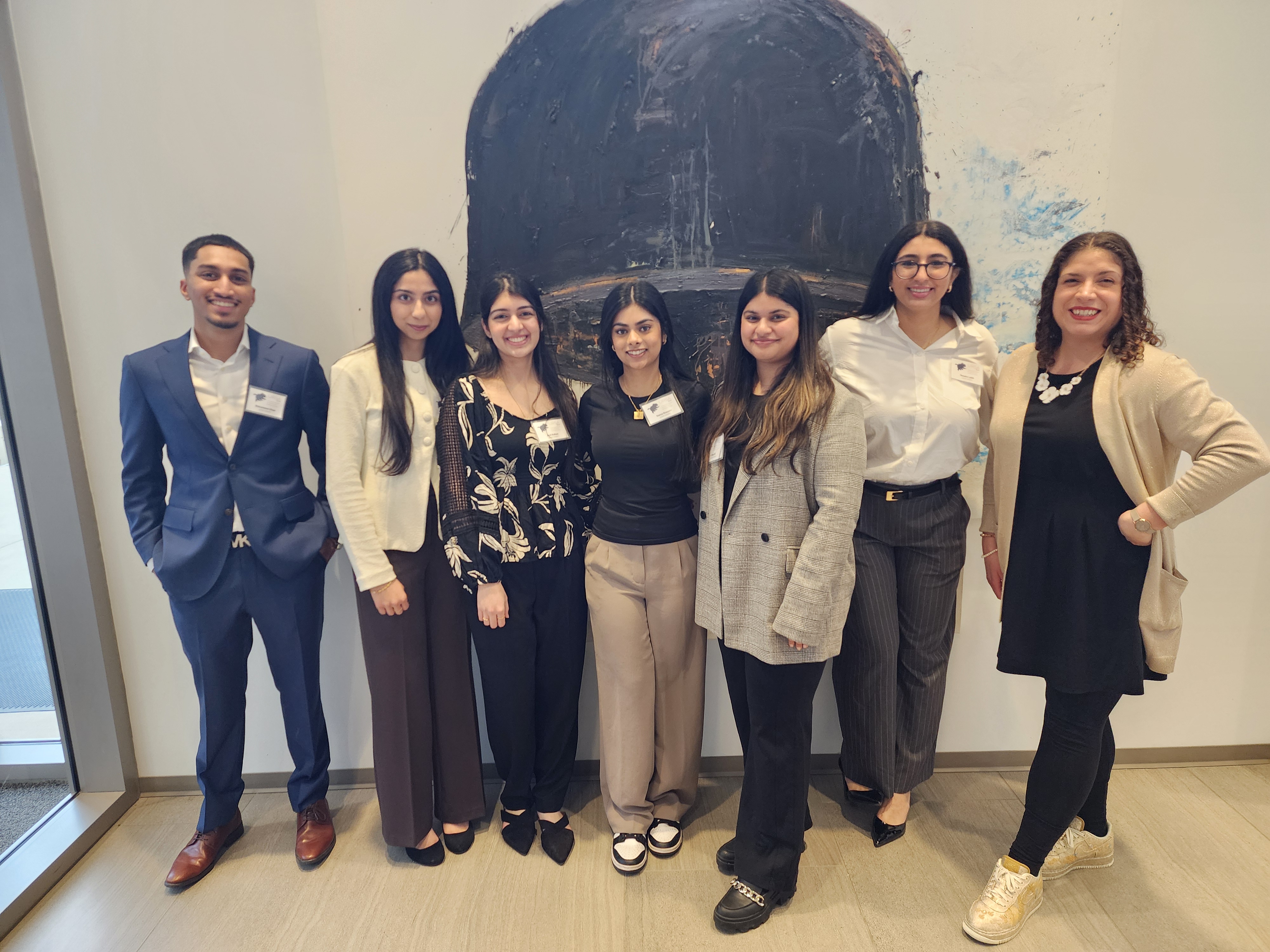Below is a summary of the abstract you submitted. Presenting author(s) is shown in bold.
If any changes need to be made, you can modify the abstract or change the authors.
You can also download a .docx version of this abstract.
If there are any problems, please email Dan at dar78@pitt.edu and he'll take care of them!
This abstract was last modified on May 16, 2025 at 4:59 p.m..

Phages infect bacteria via the lytic cycle or temperate cycle. Temperate phages can produce lysogens, bacterial cells carrying the phage genome, which may resist reinfection by related phages. This study characterizes the infection and immunity profiles of Arthrobacter globiformis B-2979 (Ag2979) lysogens formed by temperate phages from Cluster AS (Subcluster AS1, Eesa) and Cluster AY (CookieBear and Anekin). Lysogens were generated by spotting lysates on Ag2979 lawns and isolating colonies after three days. Colonies were purified and screened for spontaneous phage release; PCR confirmation is in progress. All lysogens showed immunity to their respective phages. We hypothesized that lysogens might also resist phages from the same cluster due to shared genomic features. To test this, we challenged Ag2979 lysogens with phages from Clusters FL, AY, and AS1. Ag2979(Eesa) was susceptible to Hirko (FL), CookieBear, and Anekin (AY), while Ag2979(Anekin) resisted Eesa and Hirko but remained susceptible to CookieBear. Ag2979(CookieBear) showed a similar profile. These patterns suggest inconsistent immunity, even among closely related phages. BLAST analysis showed CookieBear and Anekin share 81% genome identity (60% coverage). All phages encoded endolysins, and except for Hirko, also encoded a downstream holin. CookieBear and Anekin each contain two tyrosine integrases, one in each orientation. Eesa shares the reverse integrase (Pham233204) with lower identity (25–26%), and Hirko lacks an annotated integrase, typical of Cluster FL. Future work will examine immunity patterns in other Cluster AY phages and expand student-led investigations using lab-based or bioinformatic approaches. This work advances our understanding of Arthrobacter phage immunity and provides students with hands-on experience in molecular microbiology.

